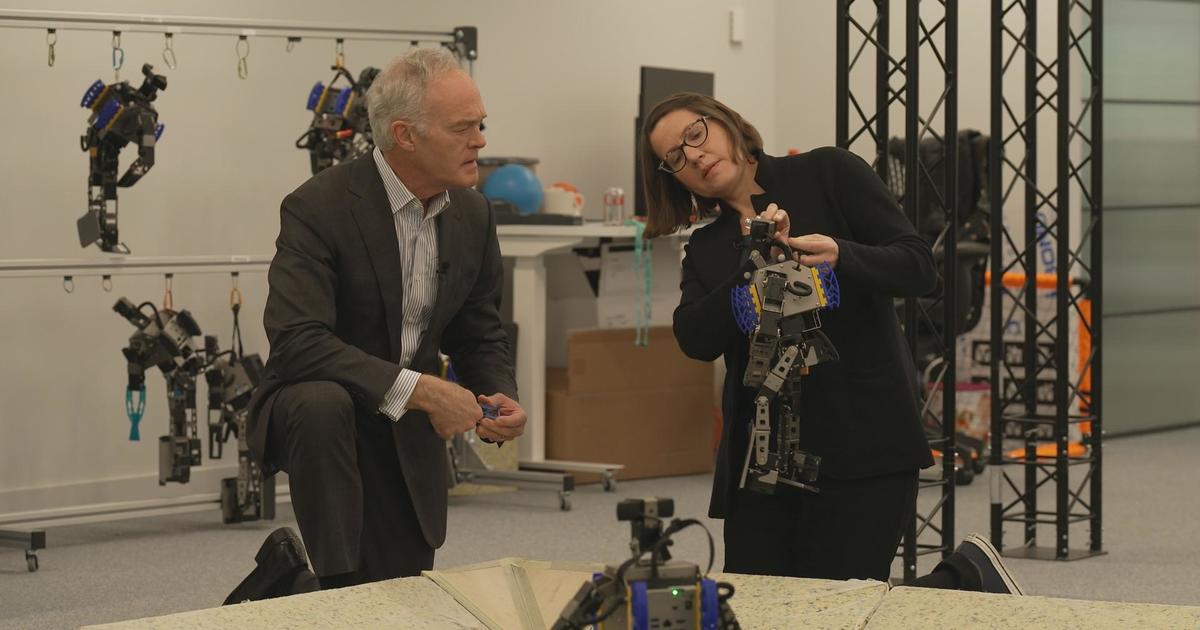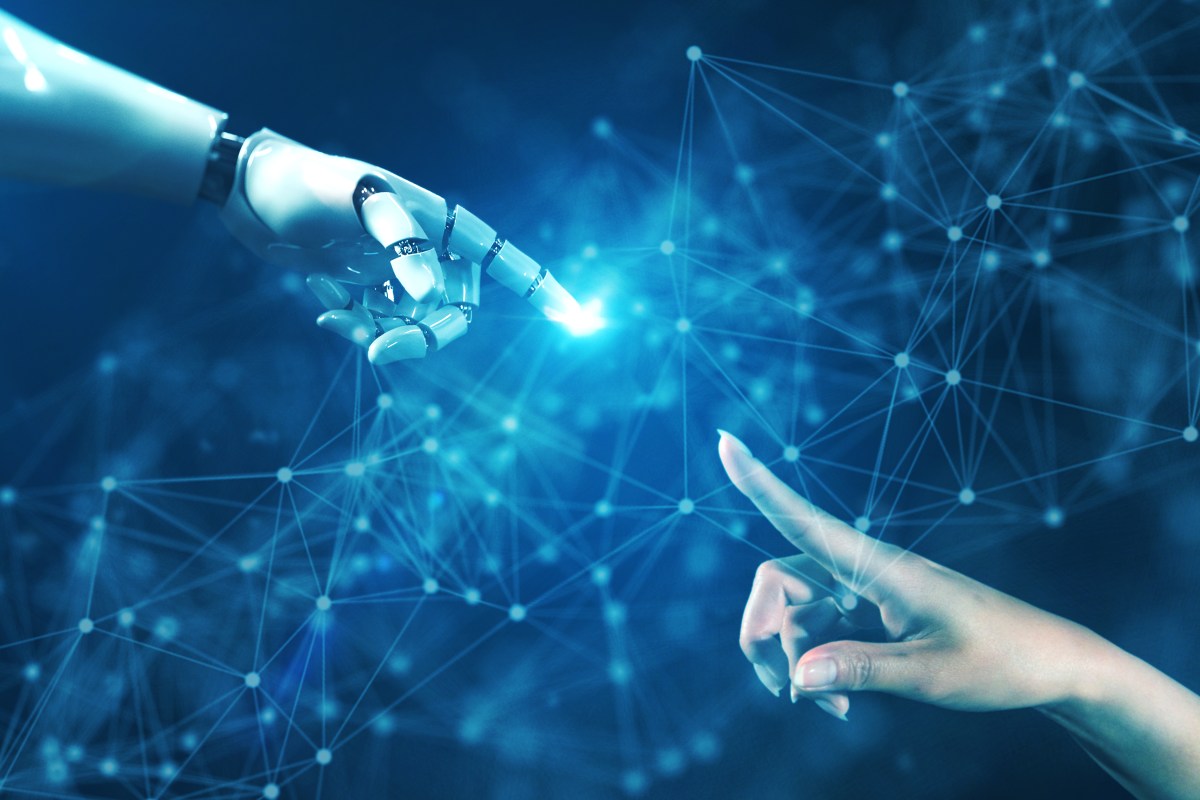- AIdeations
- Posts
- The Melody of Innovation: Exploring AI's Crescendo in Music, Genetics, Religion and More
The Melody of Innovation: Exploring AI's Crescendo in Music, Genetics, Religion and More
From generating tunes to decoding life's code and leading a sermon, AI takes on new roles
What's up ya'll, this is AIdeations. The go-to newsletter that takes AI and tech news that slaps and turns it into a no-bs, fun email for you each day.
TL;DR: This edition of Aideations Newsletter delves into the emerging capabilities of AI in various sectors: from Meta's AI model, MUSIC GEN, capable of generating music based on text input, to AI's role in decoding DNA and its potential applications in personalized healthcare. Furthermore, we look at AI's unconventional appearance in a Bavarian church service and the speculated release of a business version of ChatGPT. Also covered are the latest news about AI's rapid evolution, the pros and cons of hyperdimensional computing, and tools for automating and enhancing work with AI.
If you've got suggestions on how I can improve the newsletter, feel free to reach out at [email protected]
Here's what we've got in store for you today:
🔌 Unplugging Meta’s New AI, MUSIC GEN
🧬 How AI Is Deciphering The Language Of Life
⛪️ ChatGPT Preaches It’s First Sermon
📚 Research Of The Day
🎥 Video Of The Day
🛠 Tools Of The Day
🤌 Prompt Of The Day
From Text to Tunes: Unpacking Meta's Latest AI, MUSIC GEN

Meta releases Music Gen Research & Open Source Model
Alright, let's cut to the chase. We're talking about a groundbreaking piece of research from Meta (yes, the Facebook folks), and it's all about AI and music. The star of the show? A model called MUSIC GEN.
Here's the deal: MUSIC GEN is a text-to-music model. You give it a description, like "a soothing guitar solo," and it generates a brand new piece of music to match. It's like having a personal composer on standby, ready to whip up a soundtrack for your every mood.
But here's the kicker: MUSIC GEN isn't just a one-trick pony. It also has a feature called melody conditioning. This means it can take a melody from another song, or even a tune you've hummed, and use it as a guide to create a new piece. So, if you've ever had a melody stuck in your head but couldn't find the right words to describe it, MUSIC GEN is your solution.
Now, you might be wondering, "Does it actually work?" The answer is a resounding yes. The researchers put MUSIC GEN head-to-head with some top-notch models like Riffusion and Mousai. And guess what? MUSIC GEN held its ground, scoring high on both objective and subjective evaluations. In terms of overall quality and relevance to the text input, MUSIC GEN was right up there with the best.
The researchers didn't just stop at creating a cool model, though. They also tested different text encoders, including T5 and Flan-T5, and a CLAP-based encoder. The T5 and Flan-T5 encoders performed similarly, but the CLAP-based model fell a bit short. But that's how research goes - you win some, you lose some.
One of the standout features of MUSIC GEN is its adaptability. The researchers introduced a technique called "codebook interleaving patterns," which is a fancy way of saying they can manipulate how the music is broken down. This gives them a lot of control over the generation process and allows them to fine-tune the model's performance.
What's the bottom line? If you're into music, this is exciting news. With models like MUSIC GEN, we're inching closer to a world where we can create personalized music on demand. And for the tech enthusiasts, this research is a testament to the innovative and creative potential of AI.
And here's the cherry on top: MUSIC GEN is open source. That's right, you can check it out and even use it right now. So, whether you're a music lover, an AI enthusiast, or just curious, there's something in this for everyone. And that, folks, is what we call hitting the right note.
From Genes to Genomes: How AI is Deciphering the Language of Life

MidJourney Prompt: A close-up shot of a DNA double helix,the image should be hyper-realistic, with each nucleotide base pair clearly visible and glowing with a soft luminescence. The style should be reminiscent of a scientific visualization, with a touch of surrealism. The lighting should be soft and diffused, highlighting the intricate details of the DNA structure. The composition should be taken with a macro lens, capturing the minute details of the DNA strands. The shot should be taken with a high-resolution 16k camera, with a 16:9 aspect ratio, version 5.1, raw style, quality 2, and size 750
Picture this: you're at a Scrabble championship, but you only have four letters to play with - A, C, G, and T. That's the game DNA's been playing since time immemorial. But, with the arrival of DNA language models, we're finally starting to learn the rules of the game.
Just like our lovable ChatGPT can cook up everything from romantic poems to snappy one-liners, DNA language models are flexing their versatility, predicting gene functions, their interactions, and even potential mutations. Think of it as the Sherlock Holmes of genetics, deducing not just whodunnit but also where, when, and how.
A team from UC-Berkeley has trained a DNA language model, the Genomic Pre-trained Network (GPN), on mustard plant genomes. This bad boy can now spot single-letter changes, aka genome variants, in any species. And in another scientific marvel, these models are identifying gene interactions from single-cell data. It's like decoding the social dynamics of a town by examining a single interaction.
But what does this all mean for our health, you ask? As these models unravel the intricacies of gene interactions and mutations, they open up new avenues for disease research. Single-letter changes in DNA, known as genetic variants, can lead to a multitude of diseases. By identifying these changes, these models could potentially predict disease development, paving the way for early intervention strategies or new treatments.
Moreover, the hallucination-prone nature of language models, which in the context of ChatGPT might seem like an amusing glitch, can actually be a game-changer for designing entirely new proteins. This could lead to breakthroughs in drug development and personalized medicine, where treatments are tailored to a patient's unique genetic makeup.
The story of DNA language models is just beginning to unfold. As they dive deeper into the enigmatic world of genetics, we are one step closer to truly personalized healthcare.
ChatGPT Takes to the Pulpit: An AI-Led Service Shakes Up a Bavarian Church

Imagine walking into St. Paul's church in Fuerth, a small Bavarian town, ready for your usual Friday service. But instead of your local pastor, you're greeted by the digitized face of ChatGPT, the AI chatbot, beaming down from a massive screen. This wasn't some sort of prank, but an experimental Lutheran church service, nearly entirely powered by AI. The AI took the congregation through a 40-minute service—sermon, prayers, music, the whole nine yards—orchestrated in collaboration with Jonas Simmerlein, a theologian and philosopher from the University of Vienna. Even the staunchest traditionalist would have to admit, this was nothing if not unique.
Of course, the reception wasn't uniform. For some, it was an intriguing spectacle, with cell phones whipping out faster than you can say "Hallelujah". Yet, others showed more skepticism, maintaining stoic silence during the Lord's Prayer, voiced by the pixelated preacher. The lack of human warmth was a sore point for many, like Heiderose Schmidt, an IT worker who found the service lacked "heart and soul". In her words, "The avatars showed no emotions, had no body language, and talked so fast and monotonously it was hard to concentrate."
Despite the AI sermon's shortcomings, the concept did find a fan in Marc Jansen, a Lutheran pastor from near Cologne. Initially apprehensive, Jansen admitted to being positively surprised by the AI-led service. Although, even he missed the human touch of emotion and spirituality. This raises the question: was this a novel experiment, or a sign of a digitized religious future? Only time, and perhaps future AI-led sermons, will tell.
Potential New ChatGPT Feature Leaked
Hold onto your hats, ChatGPT fans! OpenAI is gearing up for an update, possibly the highly anticipated business version. A Reddit user uncovered a new ChatGPT interface, complete with "workspaces" for easy profile creation and hints of file uploads. This aligns with OpenAI's plan to introduce a business variant, promising privacy measures and no user data training.

📰 News From The Front Lines: 📰
📚 RESEARCH 📚
Overview: This report dives into the emerging field of hyperdimensional computing, spearheaded by prominent researchers like Professor Bruno Olshausen and his team. It is an intriguing new approach that uses high-dimensional vectors instead of the conventional binary logic for computation, aiming to create a transformative leap in artificial intelligence and computing.
Pros:
1. Enhanced Data Processing: Hyperdimensional computing offers a potential quantum leap in data processing and interpretation. It could vastly improve complex data analysis, prediction of financial trends, and medical data interpretation, along with enhancing image and video recognition capabilities.
2. Robustness: High-dimensional vectors can provide more robustness to noise and errors, a significant step up from the limitations of the binary logic system.
3. Improved Efficiency: Hyperdimensional computing may provide a significant boost to computational efficiency and could potentially be more energy-efficient.
Cons and Limitations:
1. Scalability Challenges: One of the principal hurdles to hyperdimensional computing is its scalability. Transitioning this technology from conceptual frameworks to tangible solutions for real-world, large-scale problems is a significant challenge.
2. Maturation Time: The field is at a nascent stage and will take time to mature. Implementing it commercially or in large-scale practical scenarios is still a distant goal.
Implications:
1. Potential AI Transformation: If successfully implemented, hyperdimensional computing could revolutionize the way we understand data, make predictions, and solve complex problems, potentially redefining AI capabilities.
2. Exploration and Discovery: With its vast potential, hyperdimensional computing is like an unexplored landscape full of opportunities. However, it also implies a long journey of research and experimentation.
In conclusion, hyperdimensional computing offers immense potential but is still in its early stages. Overcoming the challenges it faces, especially around scalability, is essential for realizing its full potential. The anticipation surrounding its possible impacts is palpable, with the promise of a new era in AI and computing.
📼 Video Of The Day 📼
🛠️ Tools Of The Day 🛠️
Augment - Your personal AI assistant that works everywhere you do.
Ask Codi - avoid redundant tasks, therefore resulting in less time spent on development and more time to execute.
10web - Build or recreate any website in minutes
with the power of AI
AI Agent - A web app that makes choices and performs tasks on its own, based on the goals set by you
Algomo - Generate a chatbot based on your website in seconds
Winn - Handles all of your sales busy work so you can type less and win more.
ChatCSV - The way you normally talk but with CSV files.
MagicForm - Custom AI sales rep, powered by ChatGPT. Increase website conversions 20-40%.
🤌 Prompt Of The Day 🤌
Presented by Prompts Daily
"Write a marketing campaign outline using the 'Reciprocity Bias' framework to create a sense of obligation in [ideal customer persona] to try our [product/service]. Include value-adds or bonuses, and encourage reciprocity by asking for a favor or action in return."
Ideal customer persona: Business owners
Service: Lead generation



Thanks for tuning in to our daily newsletter. We hope you found our tips and strategies for AI tools helpful.
Your referrals mean the world to us. See you tomorrow!
Interested in Advertising on AIdeations?
Fill out this survey and we will get back to you soon.
DISCLAIMER: None of this is financial advice. This newsletter is strictly educational and is not investment advice or a solicitation to buy or sell any assets or to make any financial decisions. Please be careful and do your own research.







/cloudfront-us-east-2.images.arcpublishing.com/reuters/2QPYHZSSXRM7NKSNIETM5WAOSE.jpg)
